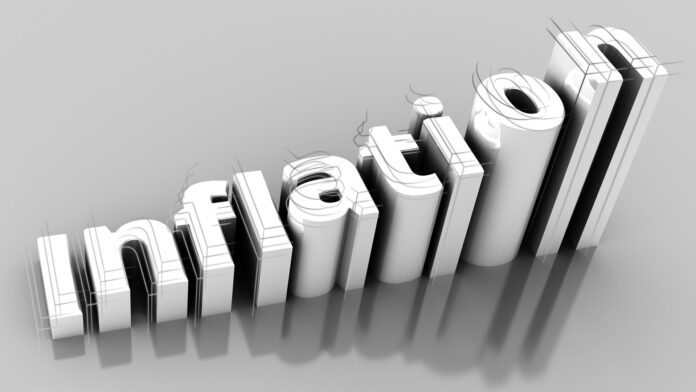
Key Highlights
- Fed leaders confident inflation spike will be transitory
- Preferred inflation measure around 2.4% – Fed forecasts rate of 2% as goal for 2022
After Price Hike of 4.6% in April, Hard to Make Argument for Patienc
After the April price hike of +4.6%, the Federal Reserve argued for patience (as it has been doing for several months now) while much of Wall Street sent out alarms about out-of-control inflation.
According to David Wilcox, senior fellow with the Peterson Institute for International Economics and former head of the Fed’s research division, “The case is really quite strong for the outlook for inflation being quite moderate.”
The Fed believes inflation will come back to 2.4% this year and will return to their goal of 2% for 2022. Why?
Inflation Expectations
In an April survey of consumers by the University of Michigan, participants indicated that they expect inflation will stabilize at 3.4% over the next year and then drop back to 2.7% in 5 to 10 years.
Richard Clarida, Vice Chair of the Federal Reserve agrees. He said that the inflation spike this year as the economy recovers would not persist. He believes like most consumers that inflation will drop back after some seesawing in the short term.
According to Bloomberg Economics, “…nearly 60% of the month-over-month increase in the headline was comprised of just five components – used cars, rental cars, lodging, airfares and food away from home – that are very much transient in nature.”
Hard to Increase Prices While Workers Hurting
According to the Labor Department, April’s employment figures indicated that 76.9% of Caucasian males ages 25 – 54 were employed compared with more than +80% pre-pandemic and pre-2007-2009 recession. Women, African Americans and Hispanic Americans all have substantially lower employment numbers.
Powell, the Fed Chair, said it would take a “very strong labor market” to kick up both wages and inflation as there is “…still significant lack in the labor market.”
April’s disappointing data from the Labor Department underlined how far fewer new jobs were created in April, only 226,000, than hoped.
“Sticky” Prices
“Sticky” prices or prices that don’t often move one way or the other have only risen just 2.4% over 12 months through April, according to the sticky-price index or trimmed mean index. Flexible or fast-changing commodity prices such as gasoline and lumber move, as we’ve seen, much quicker.
Disruptive Tech
Disruptive technology such as Amazon has led to global disinflation over the past couple of decades. Just compare how much a book costs at Barnes & Noble and Amazon. Chances are you buy the book for a cheaper price via Amazon, right?
Pricing Power
Most US firms (except for businesses disrupted by supply chain issues), according to a recent business survey by the Atlanta Federal Reserve, are not planning on raising prices over the next 5 – 10 years. Why? They believe they haven’t the leverage to do it because their giant customers like Home Depot or Wal-Mart have the bargaining power, not them.
Why increase your power tool prices on your website when Home Depot is selling the same power tools for less?
Thanks to Bloomberg.
URGENT: 2021 Results Released. New FREE On-Line Web Event Reveals 17 Surprising Secrets Of The Top 100 Millionaire Agents. Get Your FREE Spot For The On-Line Webinar Now. When You Attend This Event You Will Have A Sense Of Relief Knowing You Can FINALLY Laugh At Your Money Worries – If You Follow This Simple Plan. Learn How To Generate 100’s of Motivated Leads Without Coming Off As A Pushy Salesperson and Losing Your Soul. Learn Now How To Become One of the 1000s of Agents Making HUGE Money NOW Who Never Thought They Could.
P.S. Limited Space Available. 235 Spots Left.























